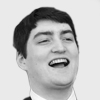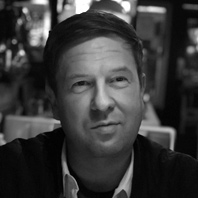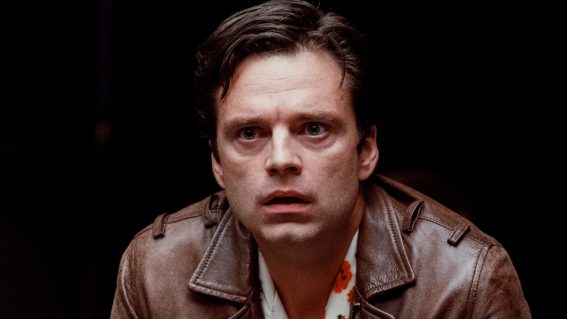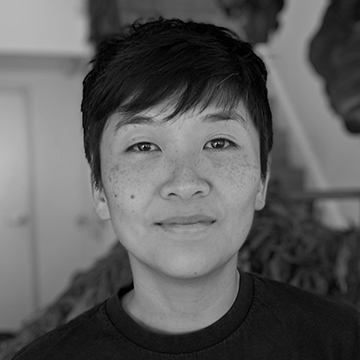Chilling details accumulate in audacious, horrific Holocaust film The Zone of Interest
Everything the characters do, however mundane, takes on heavy significance due to the setting.

Multiple Oscar nominee The Zone of Interest sees director Jonathan Glazer explore life over the wall from the mass exterminations of a Holocaust concentration camp. Everything the characters do, however mundane, doubles and redoubles in significance because of where and when they are doing it, writes Matt Glasby.
This review contains major spoilers.
“To write poetry after Auschwitz is barbaric,” wrote German philosopher Theodor Adorno in 1949. How could there be any beauty in the world after what humanity had just witnessed?
As if in agreement, Holocaust literature is full of ellipses and empty spaces, as writers acknowledge the impossibility of putting the unspeakable into words. But where does that leave cinema?
For his fourth film in 23 years, a long-gestating adaptation of Martin Amis’s 2014 novel, British director Jonathan Glazer tackles the problem sideways on.
His last work, the 2013 sci-fi Under the Skin, was an exercise in alienation, but this Cannes Grand Prix winner goes even further, delving so far into the white noise of ordinary life it’s almost a non-movie. Guardian writer Sean O’Hagan called it, aptly, “a study in extreme cognitive dissonance”.
Glazer and his team shot on location at Auschwitz, turning a vacant house next door into a faithful recreation of the camp commandant’s villa. Using a series of small, largely static cameras, we watch Rudolf Höss (Christian Friedel), his wife Hedwig, or Heddie (Sandra Hüller), and their five children go about their day-to-day existences on one side of the fence, while hundreds of thousands of Jews are murdered next door.
Sometimes scripted, sometimes improvised, the action is almost hallucinatorily prosaic. But everything the characters do, however mundane, doubles and redoubles in significance because of where and when they are doing it.
The film begins in white, then fades to black, the title (the zone of interest is the area surrounding a concentration camp) growing fainter as Mica Levi’s monastic, minimalist score groans in complaint. Glazer holds on the darkness far longer than is comfortable, an acknowledgement, perhaps, of those empty spaces.
We open on the verdant green of a lakeside, where the Höss family are enjoying a lazy day in the sunshine. That evening, they return home, the lonely road recalling the one in Glazer’s Karma Police video. Back at the villa, we see the house lights methodically turned off and can just make out the sound of far-off voices, but it’s not clear exactly what we’re hearing.
It’s not until the next morning that we see a guard tower just behind the garden wall, and realise they are literally living in the shadow of Auschwitz.
Throughout the film we glimpse distant chimneys belching smoke and fires glowing in the night, but mostly we only hear the horrors unfolding there.
Designed by Glazer’s regular contributor Johnnie Burn, the soundtrack is an awful collage of screams, pleading voices and gunshots all underscored by the drone of industrialised murder. “There are, in effect, two films,” Glazer told O’Hagan. “The one you see, and the one you hear, and the second is just as important as the first, arguably more so.”
As Höss family life goes on, you begin to realise the depths of that dissonance, which infects the whole film. The camera is, for the most part, locked down, but even when it moves the travelling shots don’t feel freeing, they feel like we’re rolling along the train tracks towards oblivion.
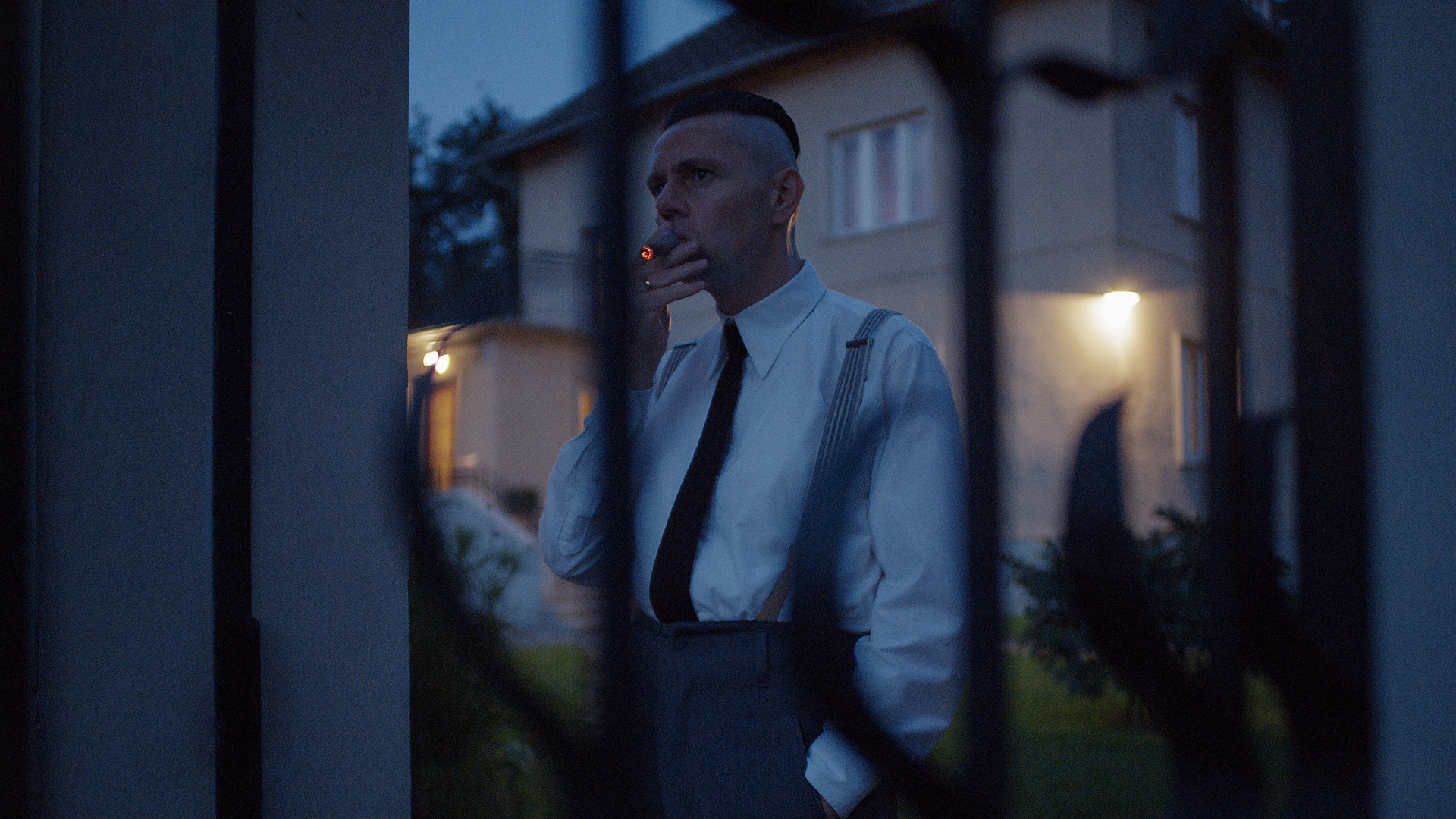
While Höss worries away at the business of mass extermination with his colleagues, Heddie tends her garden, perhaps the ultimate act of barbarism, especially as its soil is sown with ash from the furnaces. Other chilling details accumulate: blood washed off Höss’s boots, the kids playing with teeth, a bone floating down the river. Even the cutaway scenes of a local girl leaving food for the prisoners are shot with a negative exposure, so they feel like they’re taking place in a dream world.
This section of the film climaxes—if that’s the right word—with Höss telling Heddie he’s been stationed elsewhere and her begging him to let the family stay. The conversation takes place in front of a swollen river, which sweeps past, uncaring, as they talk of political machinations outside their control. When all this is over, we’ll farm, Heddie says. But one day, we know, the river will overflow and wash them away too.
The second act comes as something of a relief, as we finally break free of Auschwitz and see Höss in Berlin overseeing the finer details of the Final Solution, part of which will be called Operation Höss. In truth, this section feels a little conventional after the audacity of what we’ve just seen, but it ends with a powerful breaking of the fourth wall.
After leaving a party in which, he confesses to Heddie, “I was too busy thinking how I’d gas everyone in the room,” Höss walks the corridors of power alone.
As he looks off into the distance, alarmed, we flash-forward to Auschwitz today, as an army of cleaners work to make everything spick and span for visitors.
Back in Berlin, Höss retches twice, his body acknowledging the horror of what he has done even as he cannot. Then he keeps walking down the stairs, into the darkness, into history.












